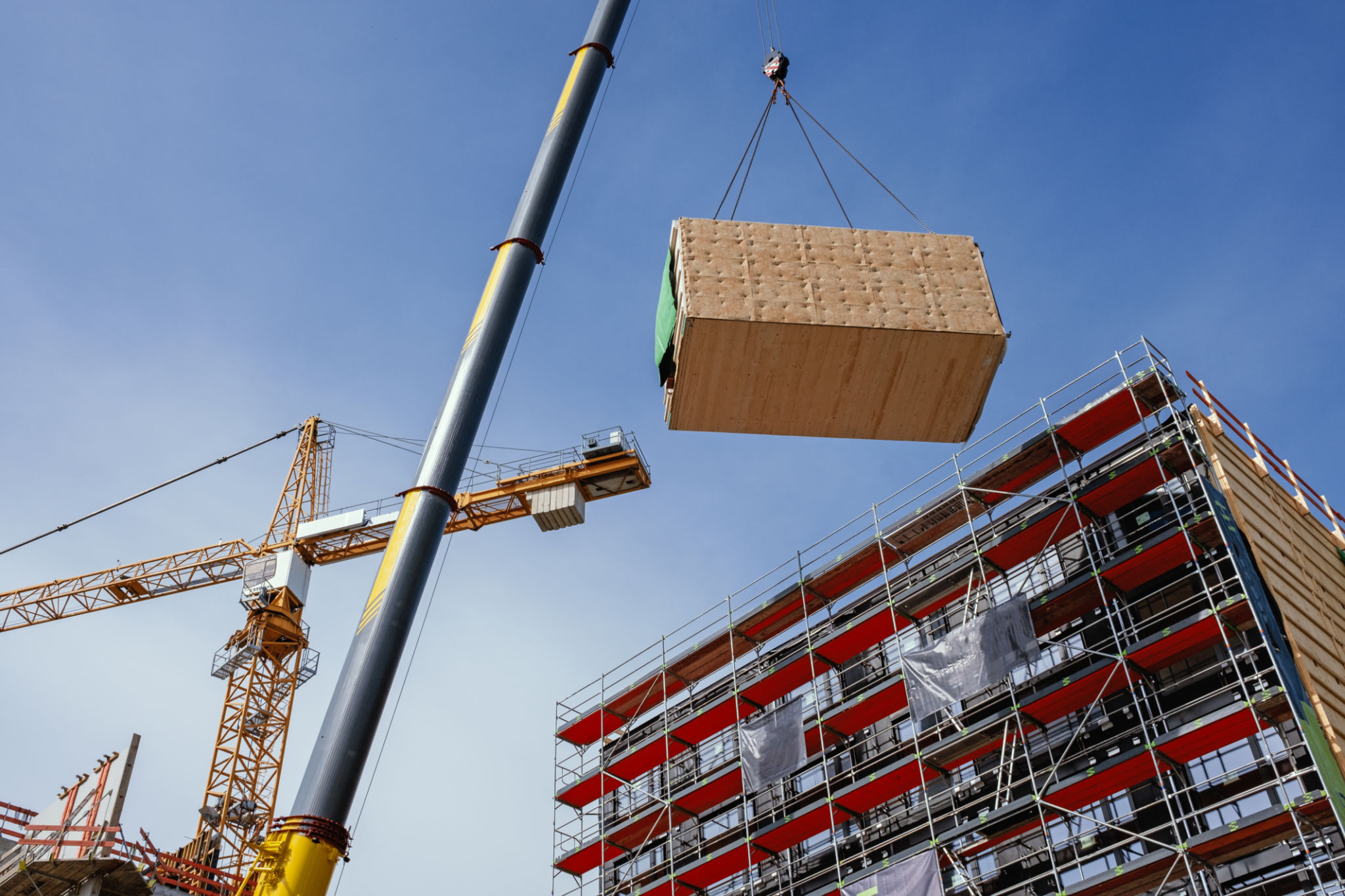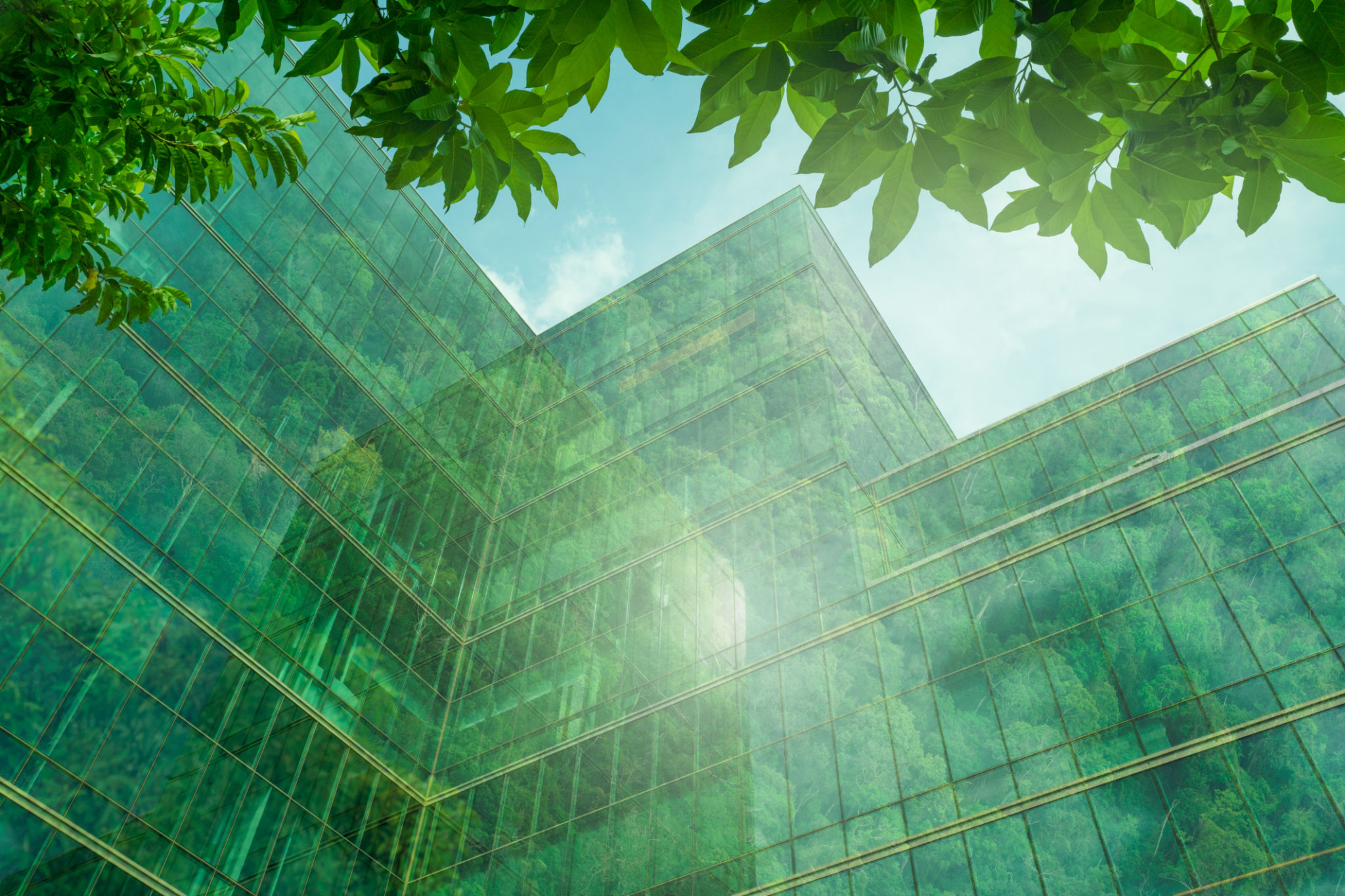The Importance of Eco-Friendly Building Practices in Modern Construction
Understanding Eco-Friendly Building Practices
As the world increasingly turns its attention towards sustainability, the construction industry is also making significant strides in adopting eco-friendly building practices. These practices not only help in reducing the carbon footprint of construction projects but also contribute to healthier living environments. By incorporating sustainable materials and energy-efficient technologies, modern construction is evolving to meet the needs of the present without compromising the ability of future generations to meet their own needs.

The Benefits of Eco-Friendly Construction
There are numerous benefits associated with eco-friendly building practices. Firstly, they significantly reduce environmental impact by minimizing waste and pollution. Sustainable building materials, such as recycled steel and bamboo, are often used, which require less energy to produce and transport compared to traditional materials. Additionally, eco-friendly buildings are designed to be more energy-efficient, which can lead to substantial cost savings over time.
Moreover, these practices contribute to healthier indoor environments. Buildings that utilize non-toxic materials and offer improved ventilation systems can enhance air quality, leading to better health and well-being for occupants. This is particularly important in urban areas where air pollution can be a significant concern.
Innovations Driving Sustainability
Several innovations are propelling the shift towards more sustainable construction practices. Green roofs, for instance, provide insulation and help manage stormwater while improving urban biodiversity. Solar panels and other renewable energy sources are becoming increasingly common in new buildings, reducing reliance on fossil fuels.

Another innovative approach is the integration of smart building technologies. These systems can optimize energy usage by adjusting lighting, heating, and cooling based on occupancy and weather conditions. Such advancements not only improve energy efficiency but also enhance the comfort and convenience of modern living spaces.
Challenges in Implementing Eco-Friendly Practices
Despite the clear benefits, there are challenges associated with implementing eco-friendly building practices. One of the primary obstacles is the initial cost. Sustainable materials and technologies can be more expensive upfront compared to traditional options. However, it is essential to consider the long-term savings and environmental benefits that these investments provide.
There is also a need for greater awareness and education within the industry. Builders and developers must be informed about the advantages of sustainable construction and trained in modern techniques. Governments and industry organizations can play a crucial role by offering incentives and support to encourage wider adoption of eco-friendly practices.

The Future of Eco-Friendly Construction
The future of construction lies in sustainability. As technology advances, we can expect even more innovative solutions that further reduce environmental impact while enhancing building performance. The integration of artificial intelligence and data analytics into construction processes will allow for smarter resource management and improved efficiency.
Ultimately, the move towards eco-friendly building practices is not just a trend but a necessity. By embracing sustainable methods, the construction industry can play a pivotal role in combating climate change and creating a better world for future generations.
Conclusion
Eco-friendly building practices are essential for a sustainable future. Although challenges exist, the benefits they bring to both people and the planet are undeniable. As awareness grows and technology progresses, these practices will become standard in modern construction, paving the way for a greener, healthier world.